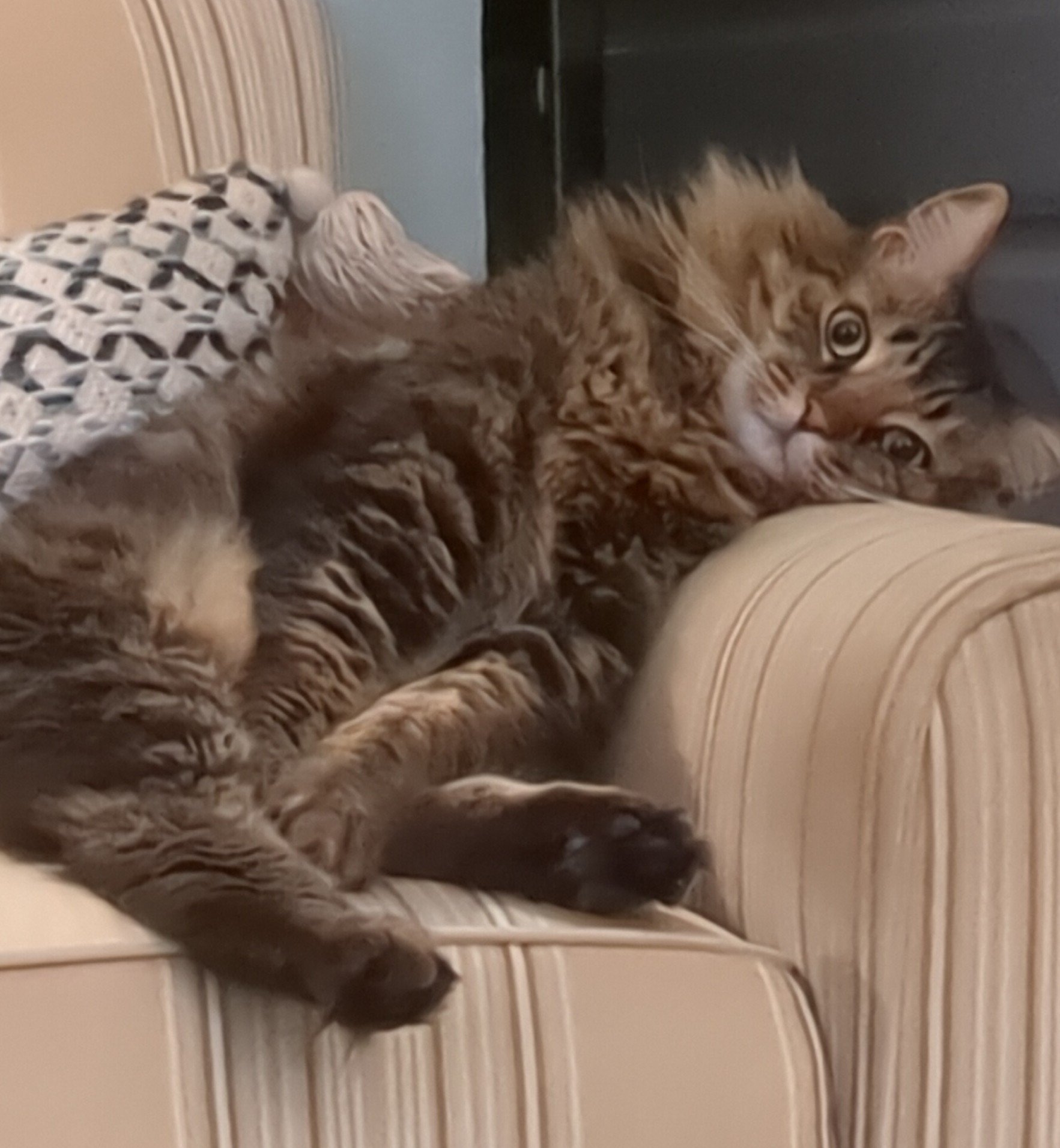I’m curious what it takes to do furniture upholstery. And in a completely different scope, what it takes to sew Lycra in clothing like cycling bib shorts.
I mean the secret to doing it right.
For instance, if you want to paint cars, I can tell you all kinds of levels, but the secret sauce is sticking to a single paint system from primers to clear, 3m imperial sandpaper used wet with a drop of dish soap, block sanding with guide coats, degreaser for reflections tests, a reliable air drying system for compressed air using an oilless compressor and very large tank, a full set of Sata spray guns, the best pneumatic DA sander your paint jobber sells. Then you’ll also need a variable speed buffer, fresh cut/medium/finish pads, 3m Perfect-it 2 and whatever fine finisher they sell now that does not contain oil fillers. Tape, paper, all all that is a given. Perfect automotive class paint is 99.9% prep and sanding, and only 0.1% painting. The number one rule is: when you think you should be done, step away for a break, when you get back acknowledge that you are only halfway done and get back to work. Your emotional state is irrelevant; the only truth that matters is in sanding guide coats and degreaser reflection tests.
All that said, with all of my experience, I can mix paint systems to get cheaper combinations between systems, I can spray with a $20 harbor freight gun, and polish with a sock and toothpaste in a zombie apocalypse pinch.
Does anyone here know sewing on this level? In a (coco) nutshell, what are the machines and standards to do it right?


When dealing with upholstery, the materials are much thicker than your average entry point sewing machine will be able to handle. The feet might not be able to feed the heavy material through, and some machines will be physically unable to feed your material under the needle where seams meet. In most sewing projects there may be four or even six layers of material at some points where seams meet or need to be rolled over, which would require more space between the foot and plate than most machines could handle. So if your principle interest in sewing is upholstery, you will probably have to find a machine explicitly made for that task and it won’t be cheap.